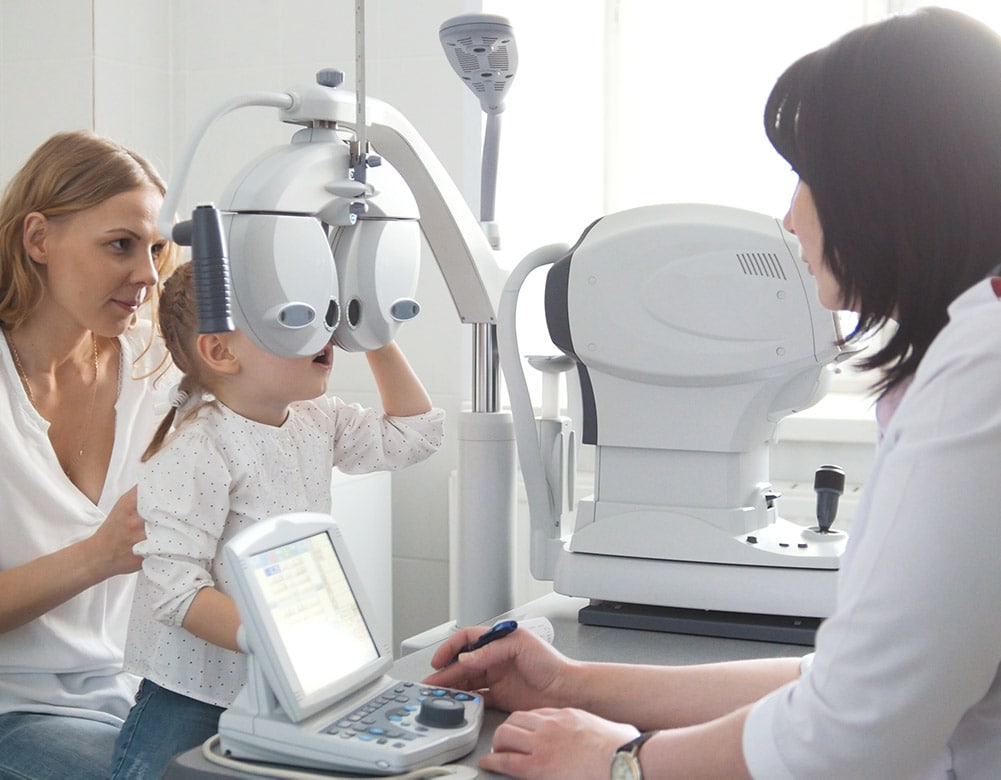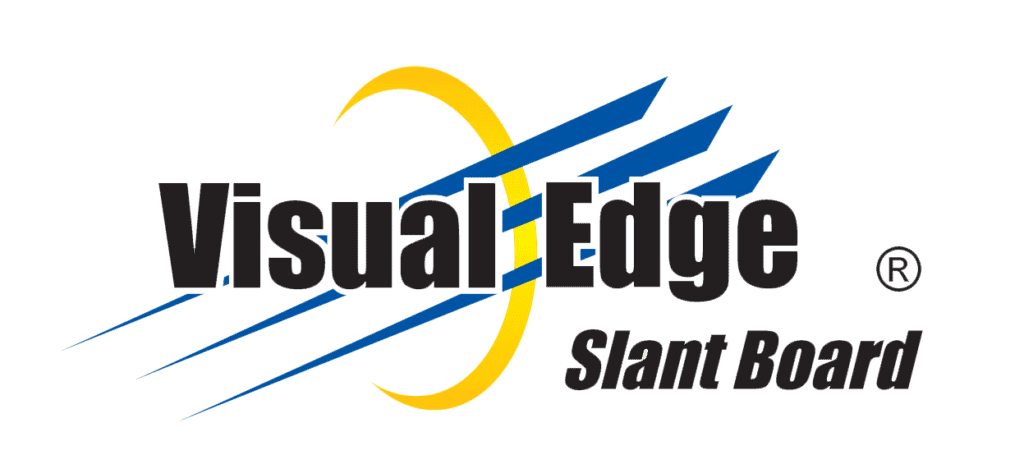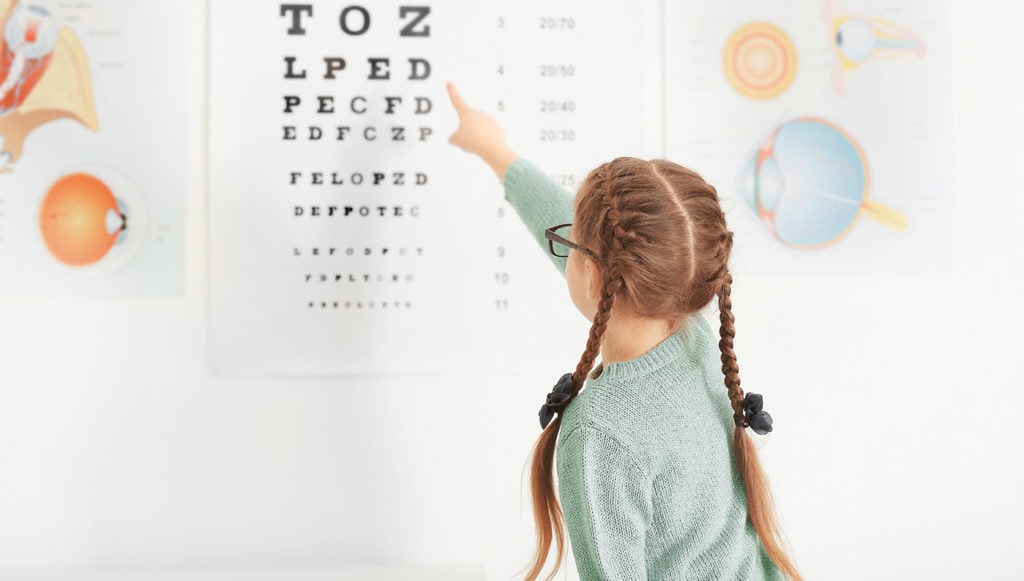Vision Processing
Eye Sight vs. Vision
What does your Optometrist mean when he or she says you are seeing “20/20”?
It means that when standing at a distance of 20 feet from the eye chart, you can see the same row of letters that the average person can see at this distance. It is a measure of the sharpness of sight, but does not tell you anything about how your brain is processing what you see.
In fact, there are over 20 different skills visual skills that an eye chart does not detect. The visual system is so complicated; it utilizes 65% of ALL our brain pathways. “20/20″ eyesight represents only a very small part of this process.
Behavioral Optometrists differentiate between the terms “sight” and “vision”. “Sight” is the ability to see and the eye’s response to light shining into it. “Vision” is the ability to interpret and understand information that comes through the eyes.
The visual system is a significant part of how we process information
A key factor in how we learn. 80% of what you perceive, comprehend and remember depends on the efficiency of the visual system. Vision is a learned skilled, just like walking and talking. If vision does not develop efficiently, even a bright child can have difficulties with reading, writing, spelling and math.

One out of four children has a vision problem which interferes with their ability to learn efficiently and achieve in school.
Most school screenings only check how clear a child sees. Unfortunately, most of the kids impacted by inefficient visual skills pass this type of school screening. The children who fail school screenings actually tend to be the high achievers in the classroom.
Treatment for inefficient visual skills can be in the form of lenses, developmental guidance or an individualized vision therapy treatment program. Vision therapy re‐organizes neural pathways by building new synapses, thereby affecting the patterning of the brain.
According to the California Department of Youth Authority, 70% of juvenile delinquents tested have vision problems affecting learning. When optometric vision therapy was performed on incarcerated youths, recidivism reduced from 45% to 16% at the Regional Youth Education Facility in San Bernardino, CA.
The best way to treat a problem is to prevent it before it occurs.
A developmental vision problem can be diagnosed during the pre‐school years and can often be corrected before the child enters school. Children do not grow out of vision problems. Children with vision problems become adults with vision problems.
The Vision Council of America recommends that children’s vision be examined before the age of 1, again at age 3 and 5 or before starting school. From the age of 6 through adult, everyone should have an annual exam.
Remember, not all eye care professionals emphasize the function of vision. You want to be tested for both “eyesight” and “vision” to determine not only eye health, how clear you see and if you need glasses, but how efficient your visual system is working. Ask your eye care professional if they evaluate at least the following visual skills:
- Eye tracking (eye movement control)
- Focusing near to far
- Sustaining clear focus up close
- Eye Teaming Ability
- Depth Perception
- Visual Motor Integration
- Visual Form Perception
- Visual Memory
Authored by: Mary McMains, O.D., M.Ed., F.C.O.V.D

